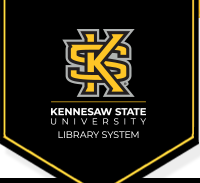Department
Robotics and Mechatronics Engineering
Document Type
Article
Publication Date
9-17-2025
Embargo Period
10-29-2025
Abstract
Cable-driven parallel robots (CDPRs) offer large workspaces with minimal infrastructure, but their control becomes difficult when the platform is under-constrained and sensing is limited. This paper investigates uncalibrated visual servoing (UVS) with a single monocular camera, asking whether simple global static Jacobians (GSJ) can be sufficient and how an adaptive Jacobian estimator behaves. Two platforms are evaluated: a three-cable (3C) platform and a redundant six-cable du-al-plane platform (RC). Motion-capture (MoCap) validation shows that redundancy improves stability and tracking by reducing platform tilt and making image errors correspond more directly to Cartesian motions. Across static and low-speed tracking tasks, GSJ proved reliable, while a baseline recursive least-squares (RLS) estimator without safety triggers was often unstable. These findings suggest that improving mechanical conditioning may be as important as adding algorithmic complexity, and that carefully estimated global models can suffice in practice. Limitations include the use of a single camera, laboratory conditions, and a baseline RLS variant; future work will evaluate event-triggered adaptation and higher-speed trajectories.
Journal Title
Applied Sciences
Journal ISSN
2076-3417
Volume
15
Issue
18
First Page
10144
Digital Object Identifier (DOI)
10.3390/app151810144


Comments
This article received funding through Kennesaw State University's Faculty Open Access Publishing Fund, supported by the KSU Library System and KSU Office of Research.